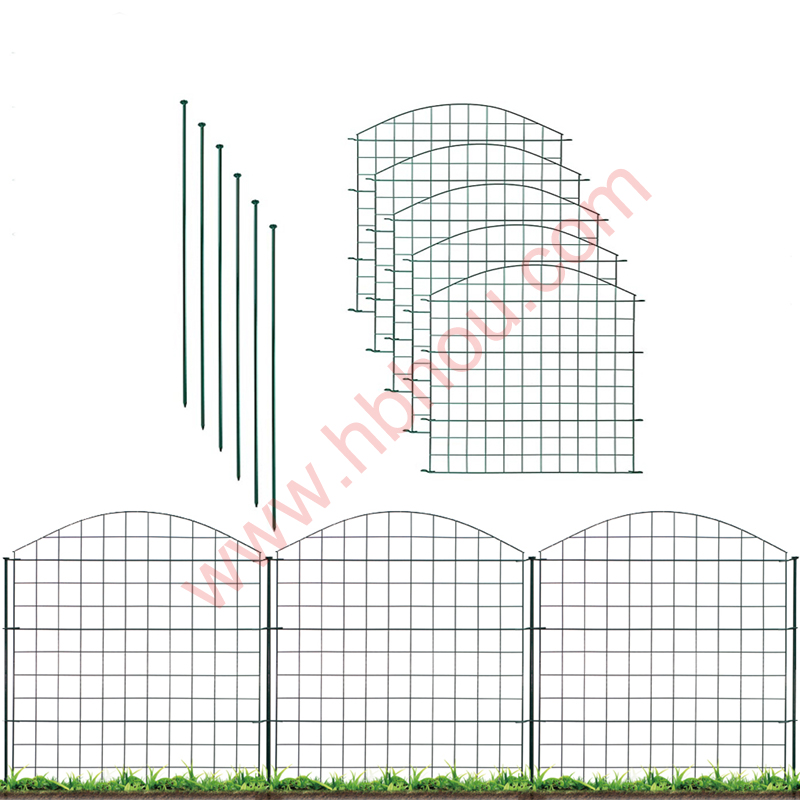Plastic Fence Posts for Electric Fencing A Modern Solution to Livestock Management
In today's agricultural landscape, efficient livestock management is paramount for farmers and ranchers. Electric fencing has emerged as a crucial method for controlling animal movement and protecting crops, but the materials used for these fences play a significant role in their overall effectiveness and durability. Among various options available, plastic fence posts have become increasingly popular for electric fencing applications. This article explores the advantages, installation, and considerations associated with using plastic fence posts for electric fences.
Advantages of Plastic Fence Posts
1. Durability and Weather Resistance One of the most significant advantages of plastic fence posts is their resilience to harsh weather conditions. Unlike wood, which can rot, warp, or splinter when exposed to moisture, plastic posts are resistant to water damage, UV rays, and extreme temperatures. This durability ensures a longer lifespan, reducing the need for frequent replacements.
2. Lightweight and Easy to Handle Compared to traditional wood or metal posts, plastic fence posts are significantly lighter. This characteristic makes transportation and installation easier, reducing labor costs and time. Farmers can set up electric fences more efficiently, especially over large areas.
3. Non-Conductive Material Plastic is a non-conductive material, making it an ideal choice for electric fencing. Since the posts do not conduct electricity, there is less risk of energy loss through the posts, ensuring that the electric fence remains effective in deterring animals. This characteristic also adds a layer of safety for both animals and handlers.
4. Low Maintenance Another appealing aspect of plastic fence posts is their minimal maintenance requirements. Unlike wooden posts that may need regular painting, sealing, or replacement due to decay or pest infestations, plastic posts remain virtually maintenance-free. This feature allows farmers to focus their efforts on more critical aspects of livestock management.
5. Sustainable Option As environmental sustainability becomes a priority for many agricultural operations, plastic fence posts made from recycled materials offer an eco-friendly alternative. Many manufacturers produce plastic posts that utilize recycled plastics, contributing to waste reduction efforts and promoting a more sustainable farming approach.
Installation of Plastic Fence Posts
Installing plastic fence posts for electric fencing is relatively straightforward. The lightweight nature of these posts simplifies the process, allowing even those with minimal fencing experience to successfully set up their systems. Here are some key steps for installation
plastic fence posts for electric fence

1. Planning Determine the layout of your electric fence, taking into consideration the specific needs of your livestock and the terrain of your property. Mark the positions where the posts will be placed.
2. Digging Holes Use a post hole digger or auger to create holes for the fence posts. The depth of the holes should be sufficient to ensure stability—usually, a depth of 24 to 36 inches is recommended, depending on the height of the posts.
3. Setting the Posts Insert the plastic posts into the holes and fill them with gravel or concrete for added stability. Ensure that the posts are vertically aligned before securing them in place.
4. Fencing Wire Installation Once the posts are in place, attach the electric fencing wire to the insulators mounted on the posts. Make sure the wire is taut and properly connected to the energizer to maintain an effective electric charge.
5. Testing the System Before allowing livestock near the fence, test the electric system to ensure it is functioning correctly and that there are no shorts or faults in the wiring.
Considerations When Using Plastic Fence Posts
While there are many benefits to using plastic fence posts, it is essential to consider a few factors. For instance, extreme impacts, such as from large animals, may compromise the integrity of plastic posts, so choosing the right gauge and thickness is crucial. Additionally, while plastic posts are durable, they may be more susceptible to damage from heavy machinery or falling branches compared to metal posts.
Conclusion
Plastic fence posts represent a modern solution for electric fencing, bringing numerous advantages that align well with contemporary agricultural practices. With their durability, ease of installation, low maintenance, and sustainable characteristics, they are becoming a preferred choice for many farmers and ranchers. As the agricultural industry continues to evolve, embracing innovative materials like plastic fence posts will enhance livestock management and promote more efficient farming practices.
















